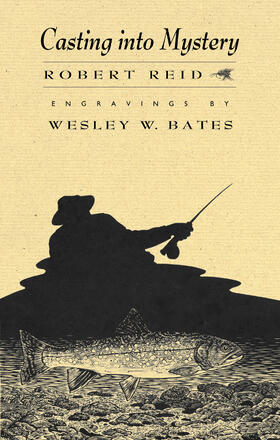
Casting into Mystery
Description
In Casting into Mystery, writer Robert Reid and wood engraver Wesley W. Bates—avid anglers, both—put ink to paper in homage to the venerable sport of fly fishing. Through text and image, they recall with fondness the “company of rivers” each is grateful to know, providing a glimpse inside a sporting culture teeming with literature, art and music. | Part memoir, part objet d’art and part field guide, it will delight passionate fly fishing practitioners and armchair anglers alike.